According to the International Renewable Energy Agency, renewable energy is now the world’s cheapest power source. The cost of renewable sources like solar and wind has dropped compared to other fossil fuels. Solar technology is scalable and adaptable to different purposes.
Table of Contents
Renewable energy now the world’s cheapest power source
Harnessing solar energy
Solar power is scalable
Renewable energy now the world’s cheapest power source
Shift towards renewable energy
The Global Renewables Outlook: Energy Transformation 2050 report published by the International Renewable Energy Agency notes a greater need for a flexible power system. More than 60% of all power generation could come from renewable sources like solar and wind as the world becomes more electrified.
There was a drop of more than 60% over the last decade in the cost to install solar, and solar energy is now an increasingly viable option. Europe’s largest solar plant is set to start providing power from April 2022. European countries like Germany, Netherlands, and Spain have also expanded their solar photovoltaic capacity.
Sunlight is a sustainable and renewable resource
Globally, the solar energy market is projected to reach $223.3 billion by 2026, with a compound annual growth rate of 20.5% from 2019 to 2026. The low average price of a solar panel only serves to contribute to the burgeoning demand.
Harnessing solar energy
It is possible to deploy solar energy systems in homes and commercial or industrial scenarios. Solar energy can be harnessed everywhere, especially for heating and electricity generation at scale.
Solar panels work by using photovoltaic technology. Simply put, this technology works by converting sunlight into electricity. The majority of solar panels on the market today use either monocrystalline silicon or polycrystalline silicon.
Monocrystalline and polycrystalline solar panels
Monocrystalline solar panels are cut from a single silicon crystal while polycrystalline solar panels are cut from multiple silicon crystals. It is more complex to manufacture monocrystalline solar panels, and they are usually more costly due to their higher efficiency in converting sunlight into energy, at 15% to 24%. The average efficiency of a polycrystalline solar panel is 13% to 20%.
Efficiency ratings are important if one is looking to maximize energy output. If there are space constraints, installing higher efficiency solar panels would be useful. For consumers who prefer using renewable energy in their homes, home solar systems are actually viable. Installation is usually simple, and it is a rather quiet system. Monocrystalline solar panels would be useful for those with limited roof spaces.
Monocrystalline solar panels also perform well in high heat and lower light environments, which makes them suitable for use in warmer climates and in regions with low sunlight. The residential solar energy market is expected to register a compound annual growth rate of more than 10.5% from 2022 to 2027, with the Asia Pacific region being the largest and fastest-growing market.
Solar energy systems can also be integrated into the power grid. On-grid solar systems are great as they can send excess power to the grid when the users do not need it. Those in the US may qualify for tax credits by installing solar energy systems. US states like California would pay users for the extra energy produced, while those living in Texas may qualify for tax exemptions by installing renewable energy systems.
Thin-film and flexible solar panels
The global thin-film solar cell market is projected to grow at a compound annual growth rate of 19.4% from 2017 to 2023, to reach $39,512 million by 2023. Users who need more flexible solar panels can look into getting thin-film solar panels.
Instead of crystal wafers, thin-film solar cells are made by coating a thin layer of a semiconductor material on a sheet of glass, plastic, or metal foil. Though cheaper and easier to install as they require less equipment, their efficiency ratings are at about 10% to 13%, typically lower than that of monocrystalline panels.
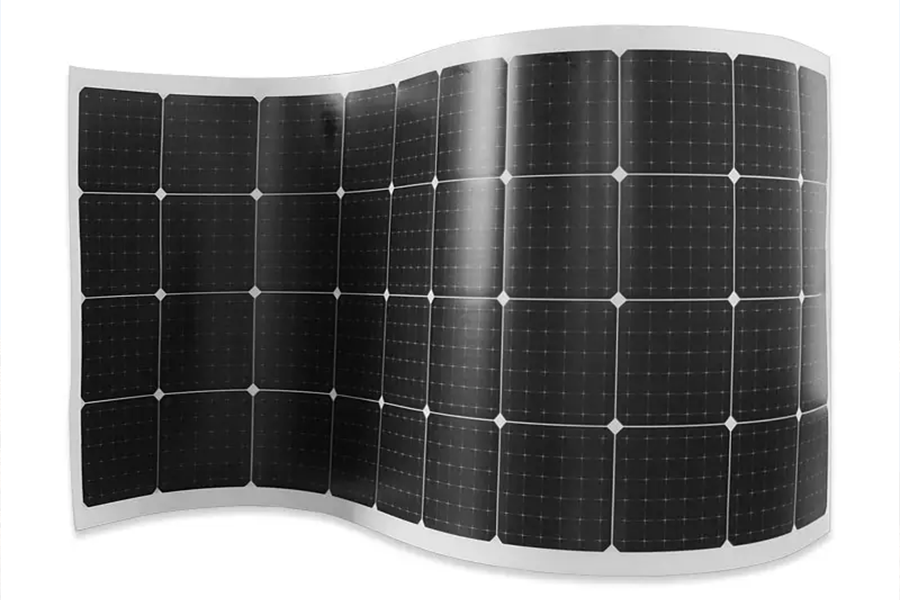
Flexible solar panels are thin-film panels that retain functionality when flexed. Flexible solar panels are lightweight and often portable. These panels are great for use on large, uneven, or curved surfaces. They can be installed on water tanks to provide energy for pumping water or on vehicles like vans or buses to power any small appliances used, for example, fans.
Thin-film and flexible solar panels can also be used to provide power in offices and commercial buildings with large facades. These can be part of a building-integrated photovoltaics (BIPV) system, where photovoltaic modules are part of the building. An example of a BIPV system is the Copenhagen International School – Nordhavn. These systems are suitable for anyone who prefers using renewable energy for cost savings.
Installing BIPV systems on building facades also makes for good publicity for organizations. It is great visual proof of a commitment to reducing greenhouse gas emissions.
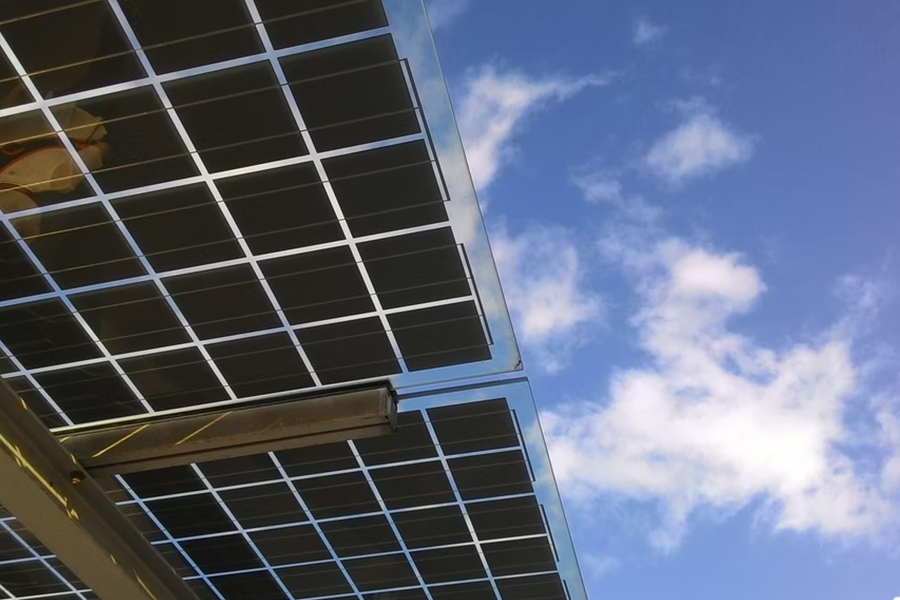
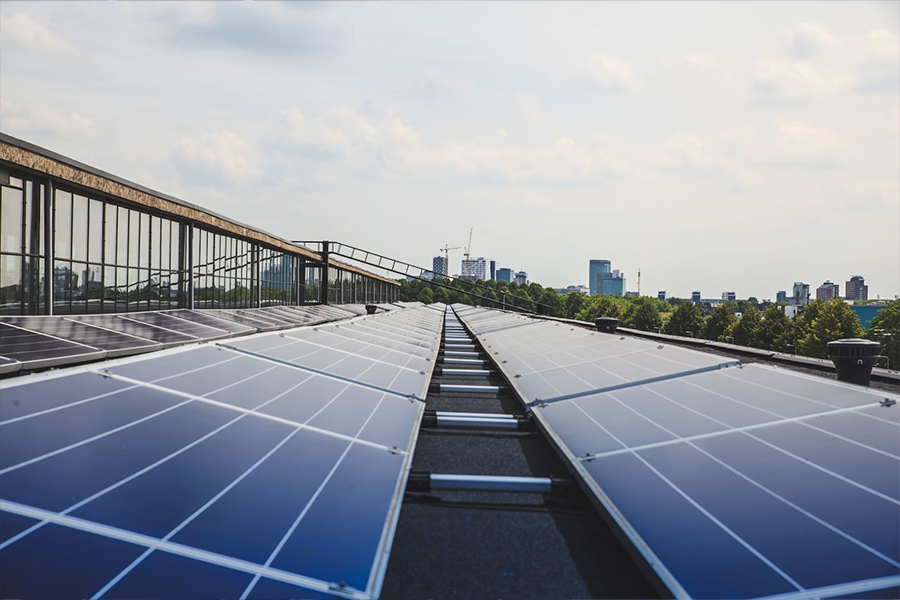
Other types of solar panels
Apart from the usual types of solar panels, there are several other types of panels made with different types of solar cells. An example is the PERC solar panel, which uses PERC1 technology. PERC cells can achieve higher efficiencies than standard solar cells as they can produce 6% to 12% more energy than conventional solar panels. The same output can thus be obtained with fewer panels. These would work rather well for those who have space constraints.
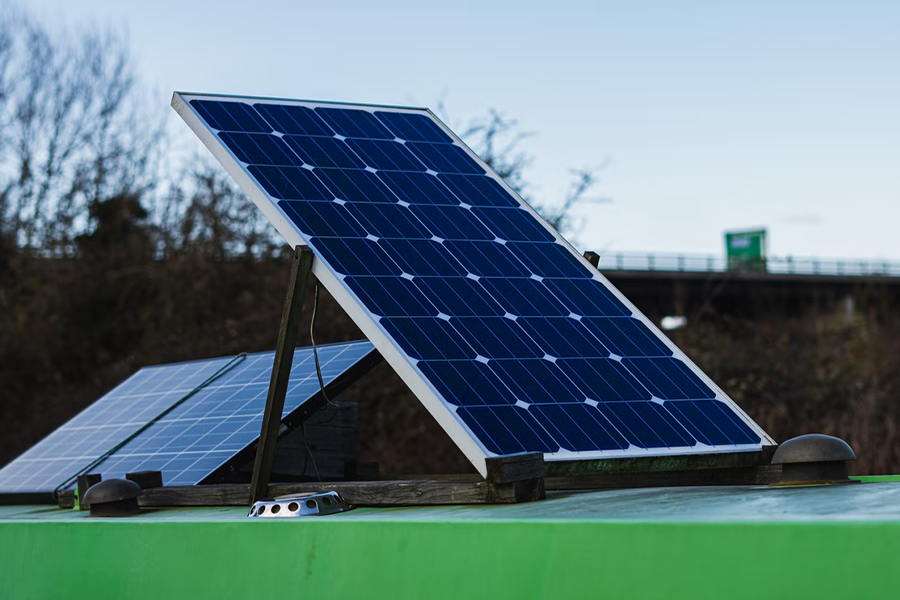
For commercial applications, one may consider heterojunction (HJT) solar cells as an efficient option. Both sides of the HJT cell can generate power as it is bifacial, leading to a higher output efficiency. A supplier of photovoltaic solutions has recently achieved a record-breaking cell efficiency of 26.3% for their HJT cells, showing great potential in using such cells. HJT panels work best where light can be reflected on the back. An effective way to do this is to fix them up on poles.
One might also wish to consider off-grid solar energy systems for commercial applications. These are suitable for companies that need cheaper power on a larger scale. It is especially useful for power generation in locations with a lot of sunlight.
When it comes to providing energy for industrial purposes, concentrated solar power systems might be a better choice. Facilities such as power stations could need equipment like concentrated solar power dish stirlings.
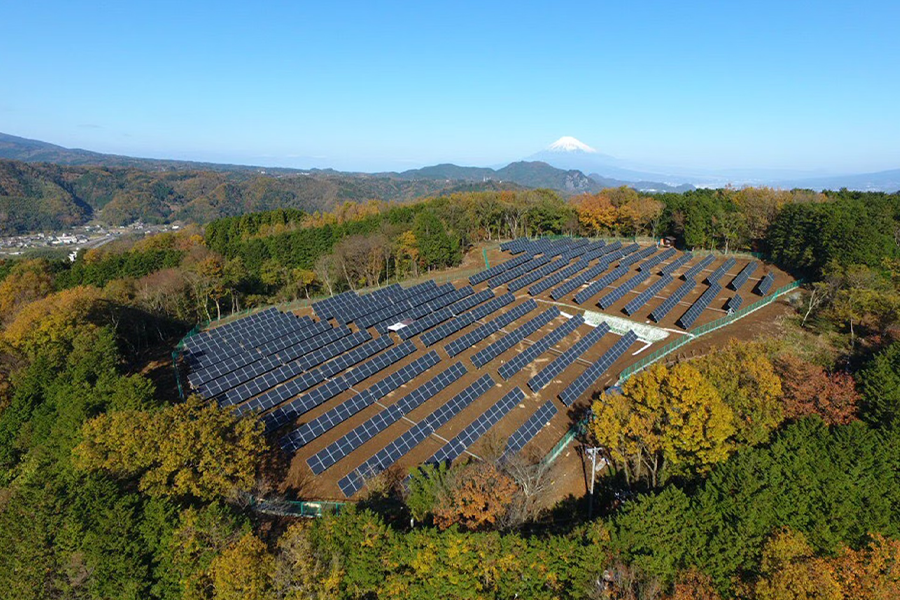
Solar power is scalable
Many parts of the world have seen the cost of solar energy projects falling due to policies that encourage investments in renewable energy. Other incentives for renewable energy use come in the form of initiatives like feed-in tariffs, which are rather prevalent in Europe and the US.
Solar energy is becoming a viable alternative for power generation in both homes and commercial applications. The solar energy market in China, the US, India, Japan, and Vietnam have great potential as they are the top few countries leading solar energy production. Look into the range of solar panels and solar energy systems available on Chovm.com.
Notes:
- PERC is an abbreviation for “Passivated Emitter and Rear Cell” or “Passivated Emitter and Rear Contact.”





 বাংলা
বাংলা Nederlands
Nederlands English
English Français
Français Deutsch
Deutsch हिन्दी
हिन्दी Bahasa Indonesia
Bahasa Indonesia Italiano
Italiano 日本語
日本語 한국어
한국어 Bahasa Melayu
Bahasa Melayu മലയാളം
മലയാളം پښتو
پښتو فارسی
فارسی Polski
Polski Português
Português Русский
Русский Español
Español Kiswahili
Kiswahili ไทย
ไทย Türkçe
Türkçe اردو
اردو Tiếng Việt
Tiếng Việt isiXhosa
isiXhosa Zulu
Zulu